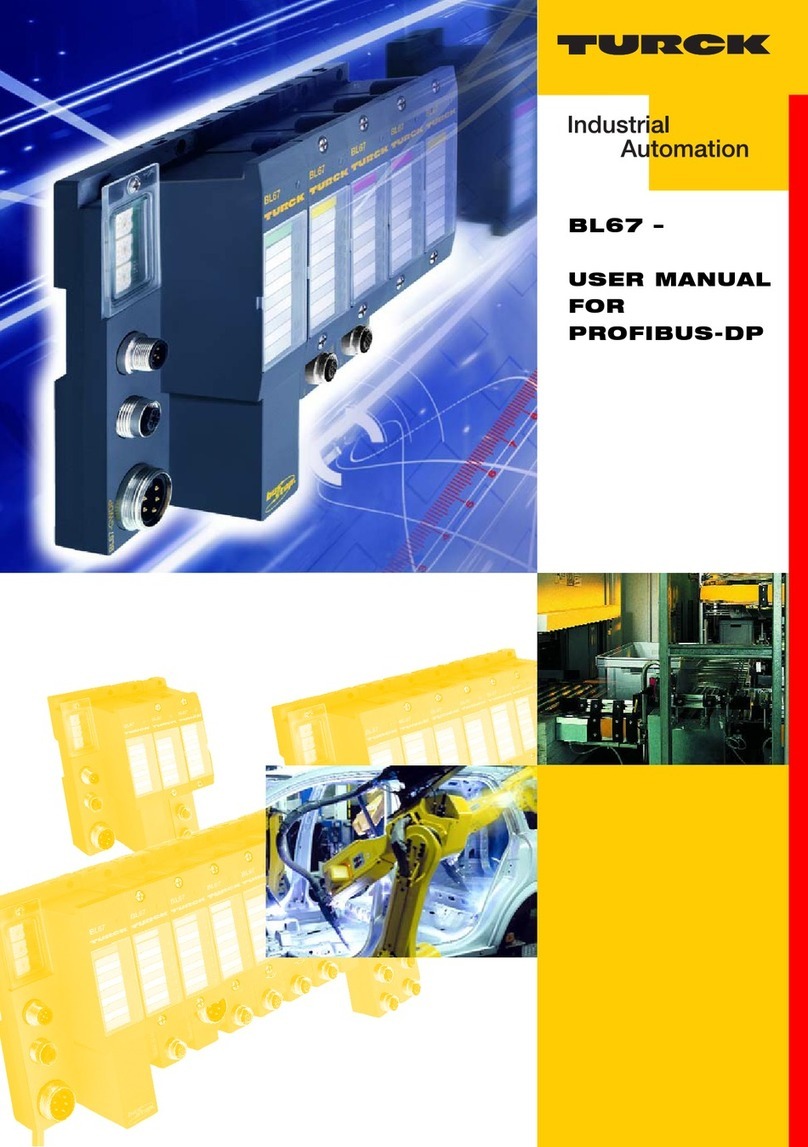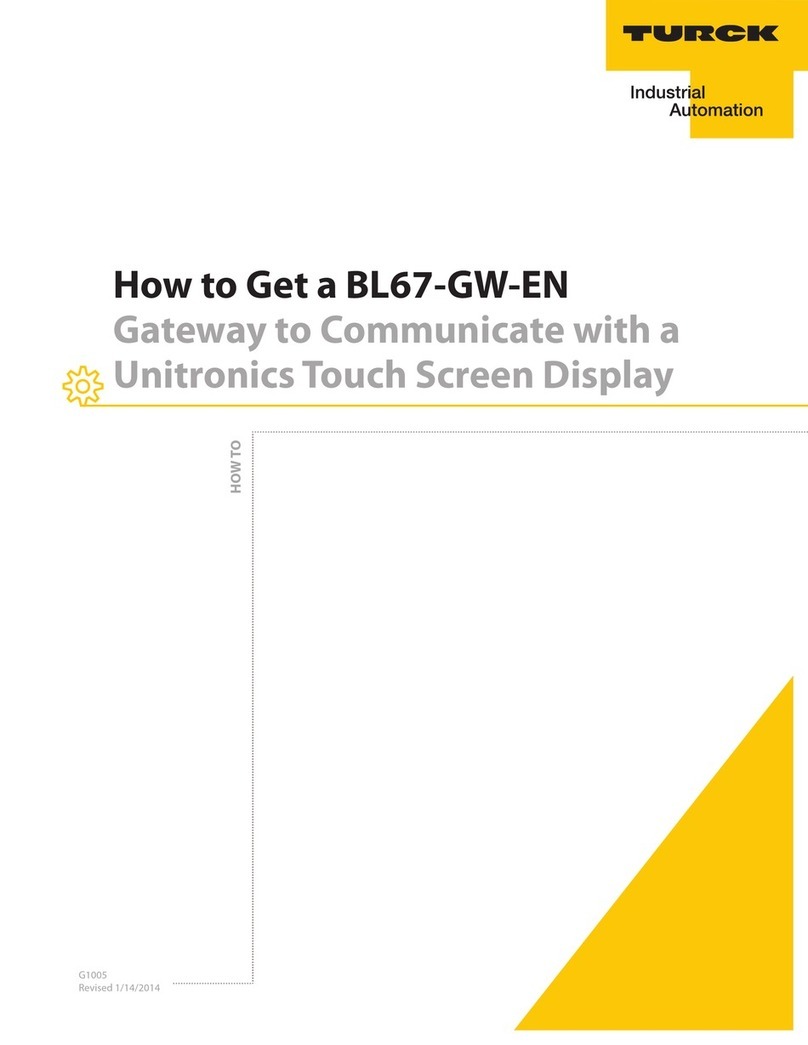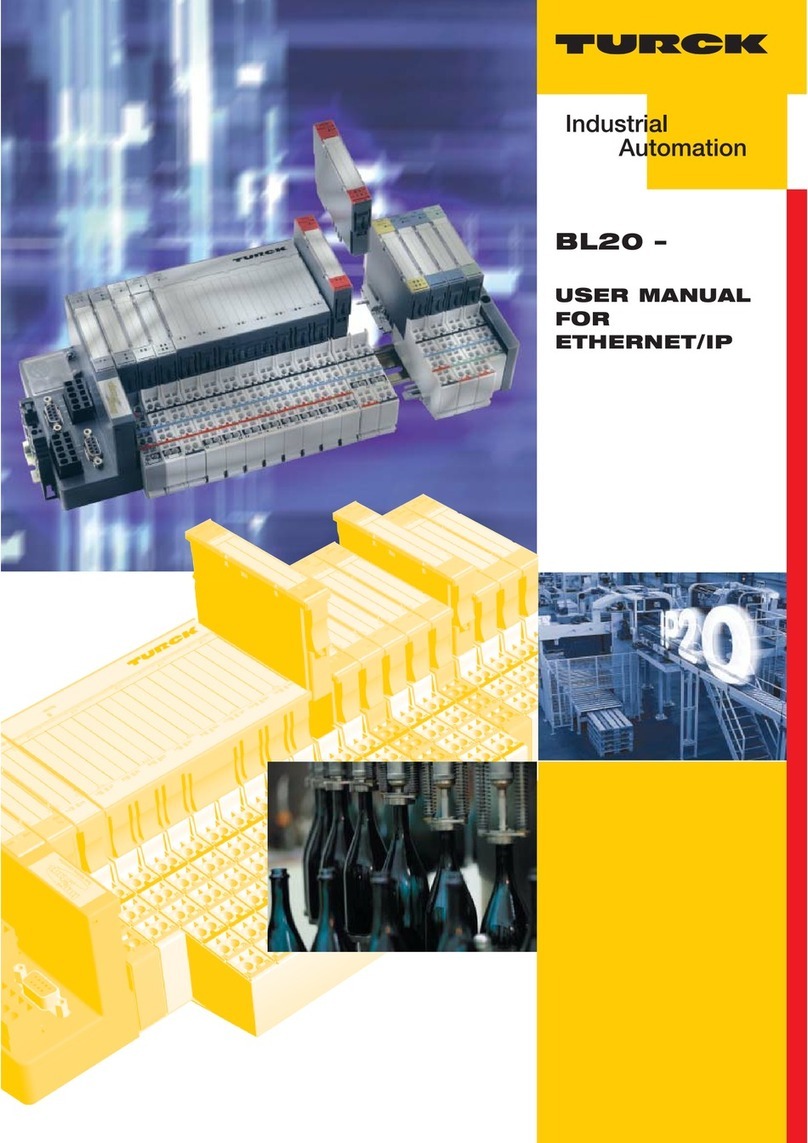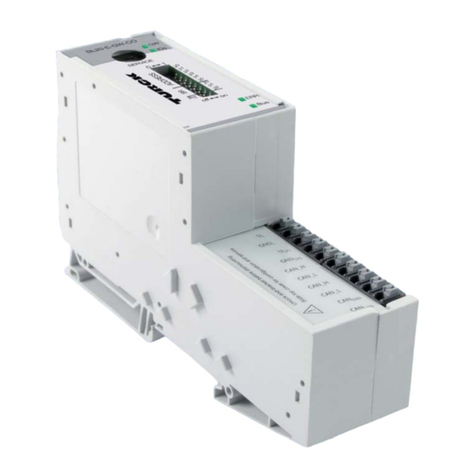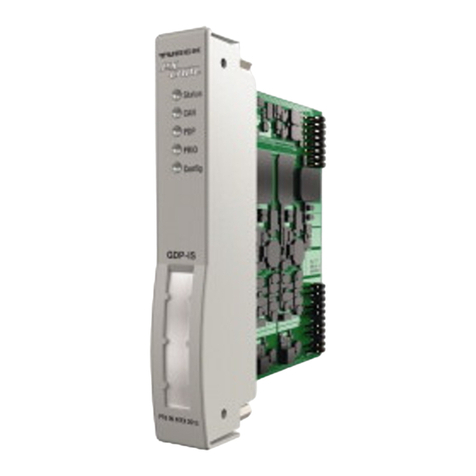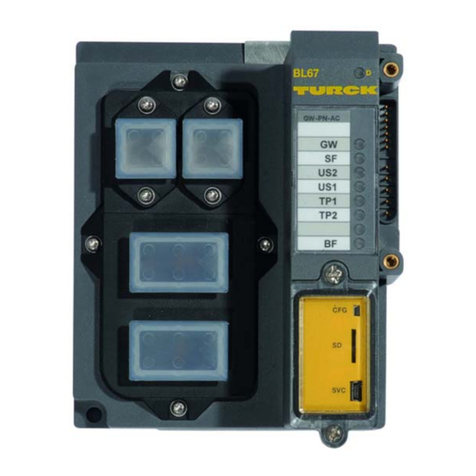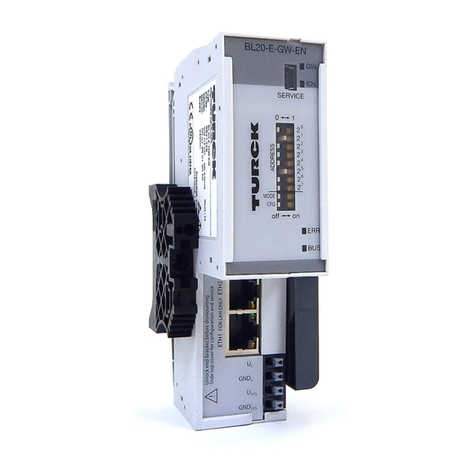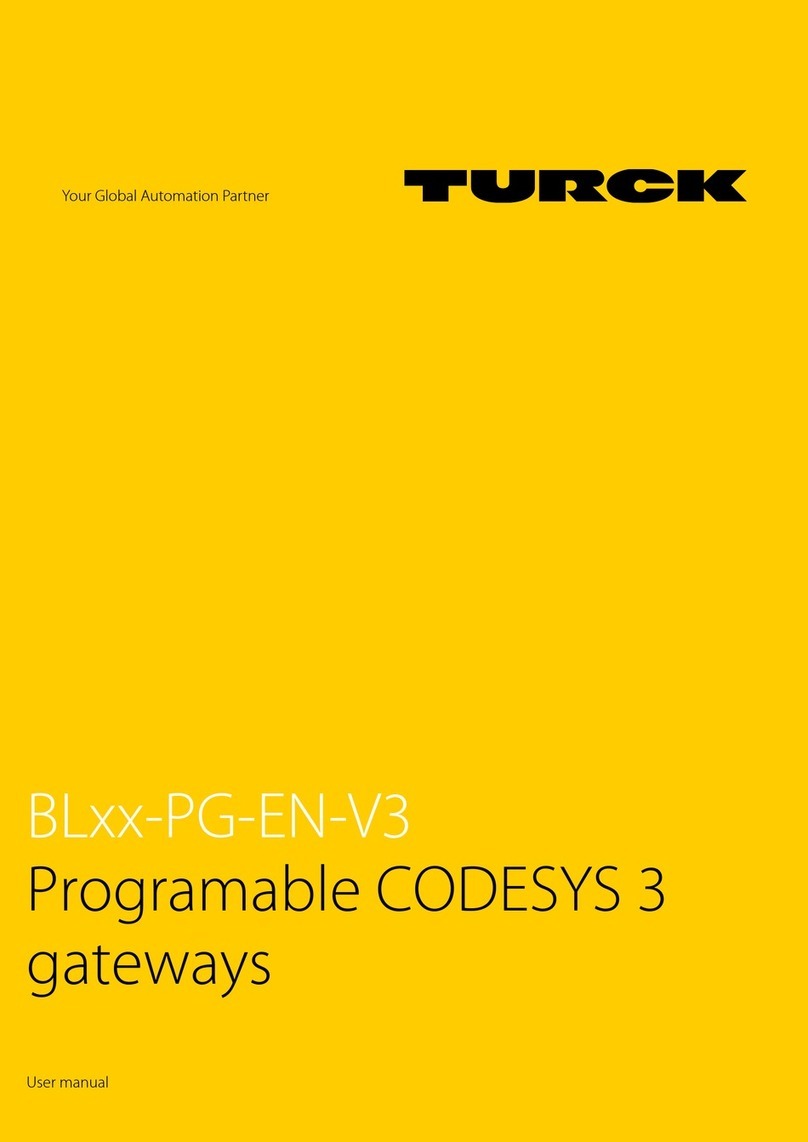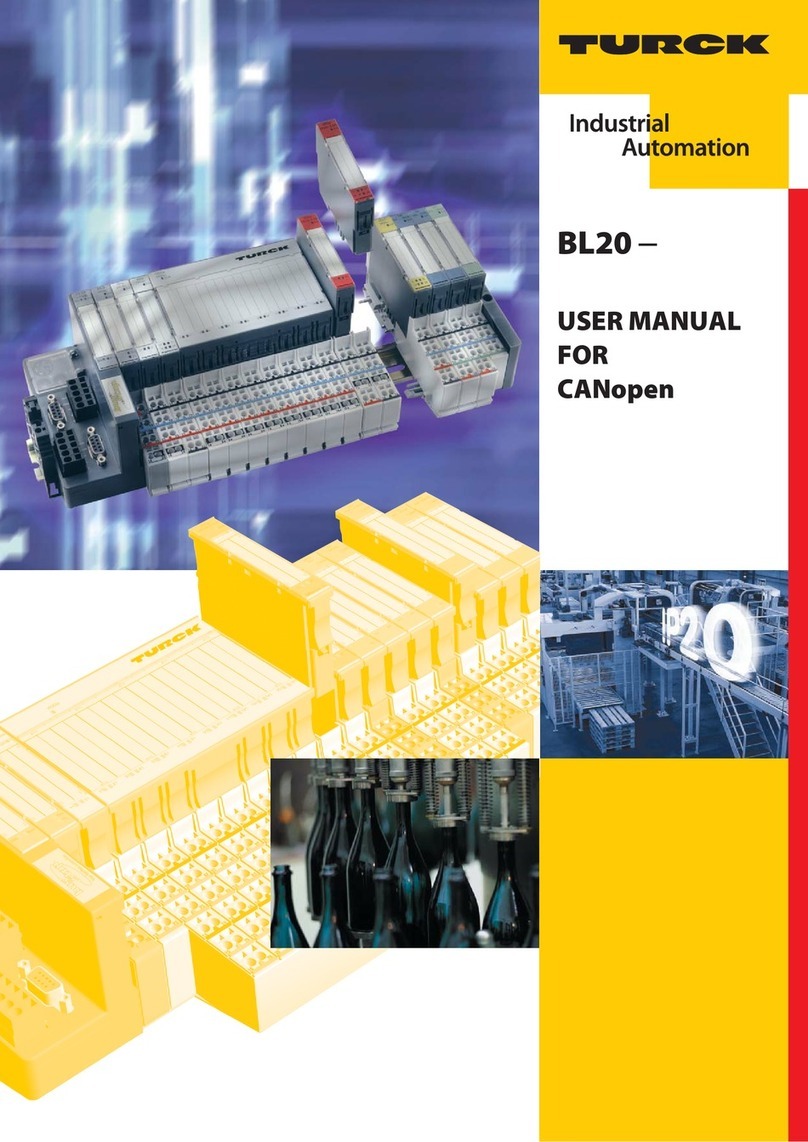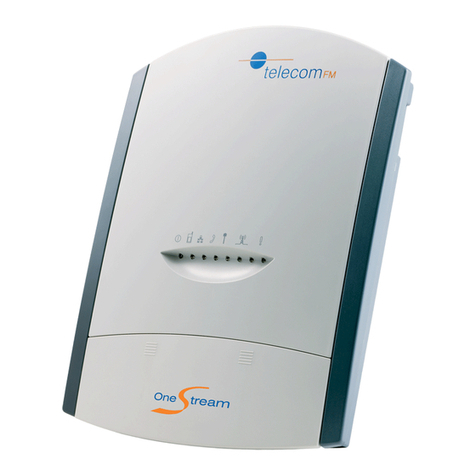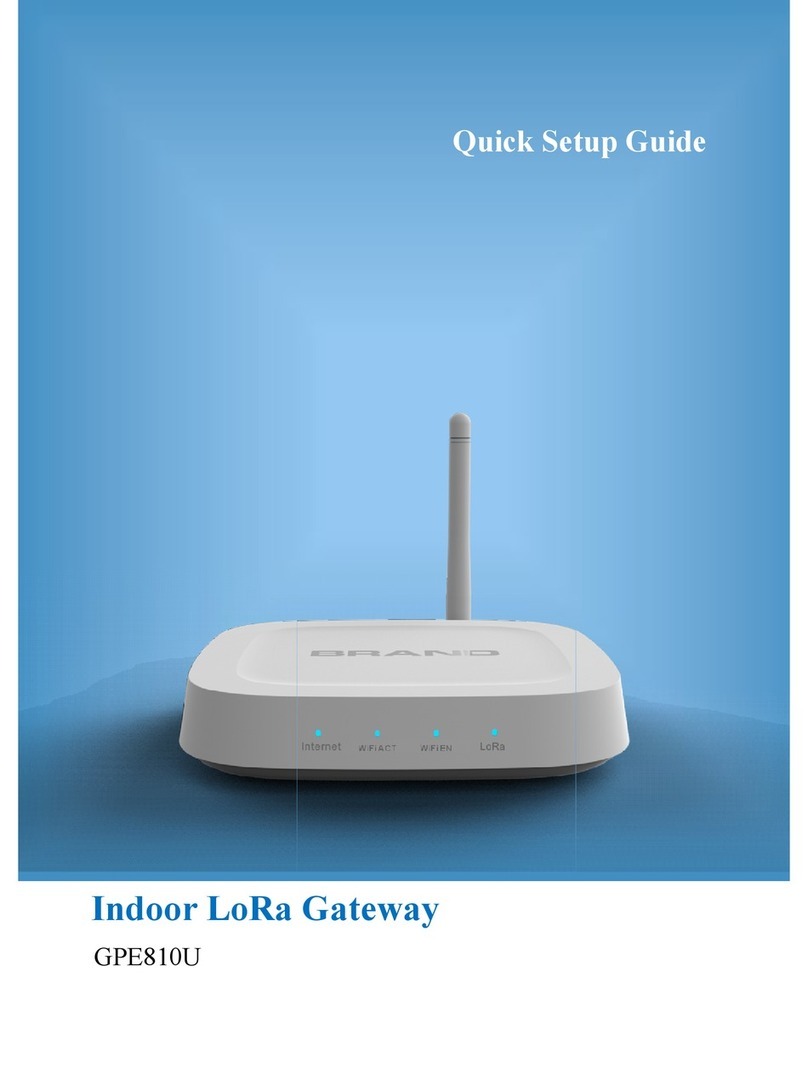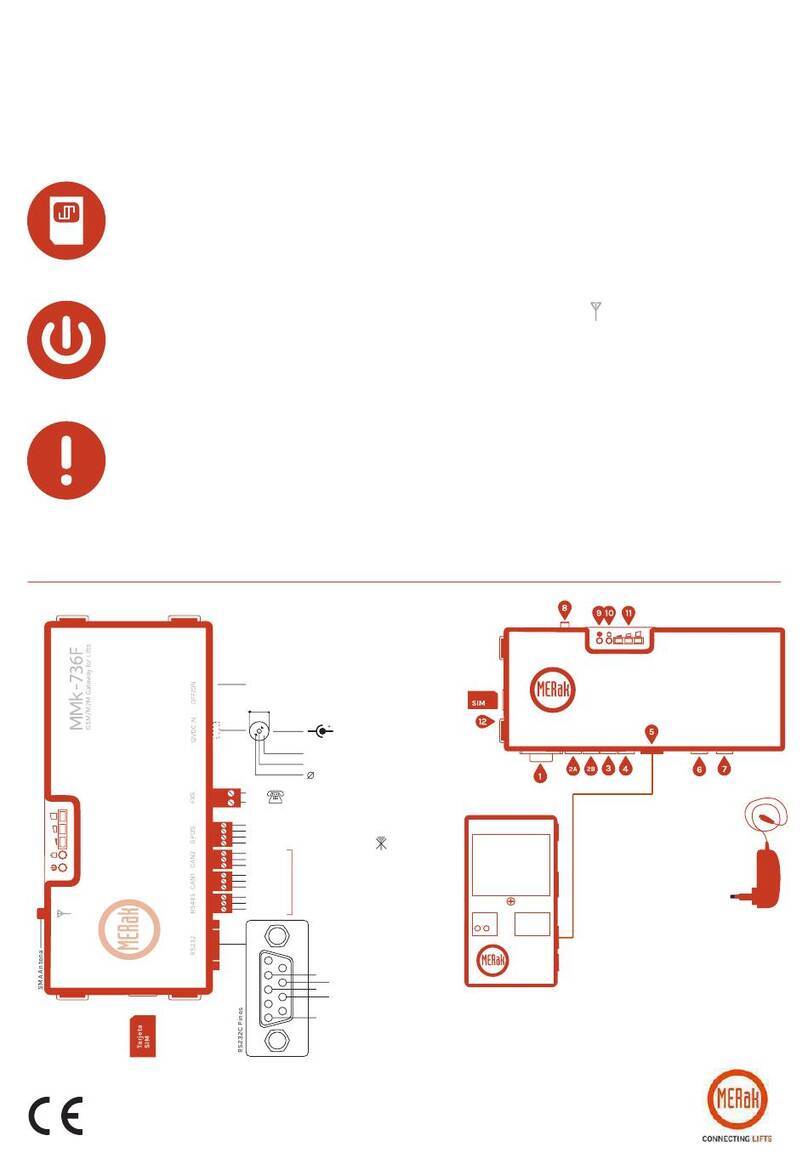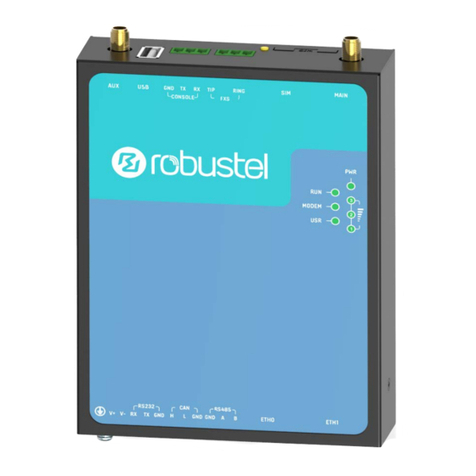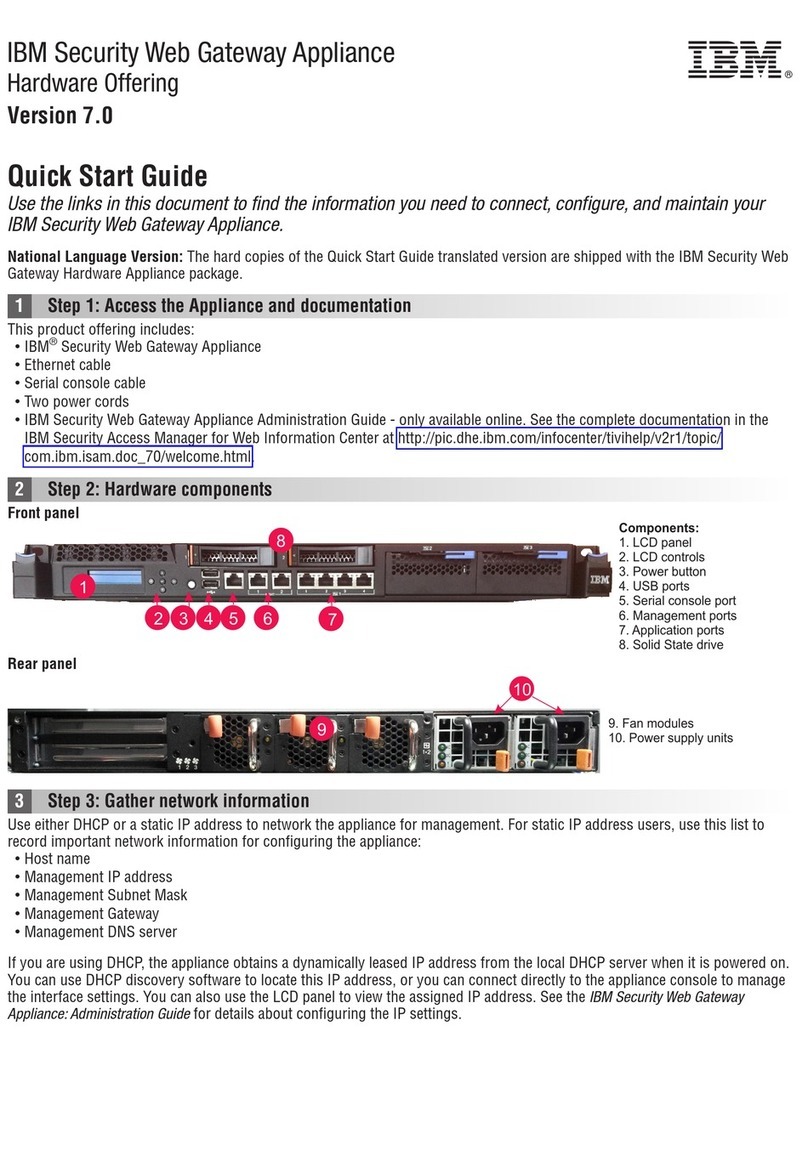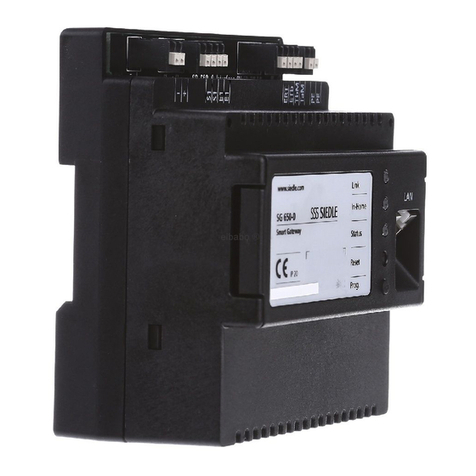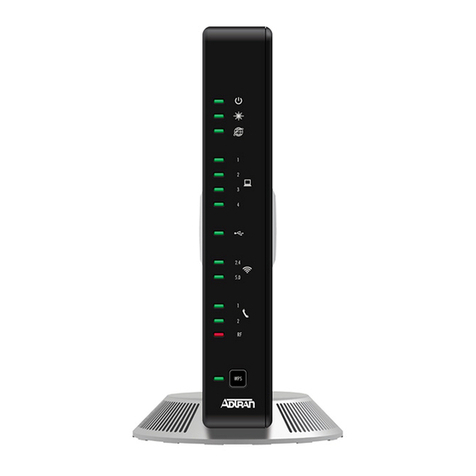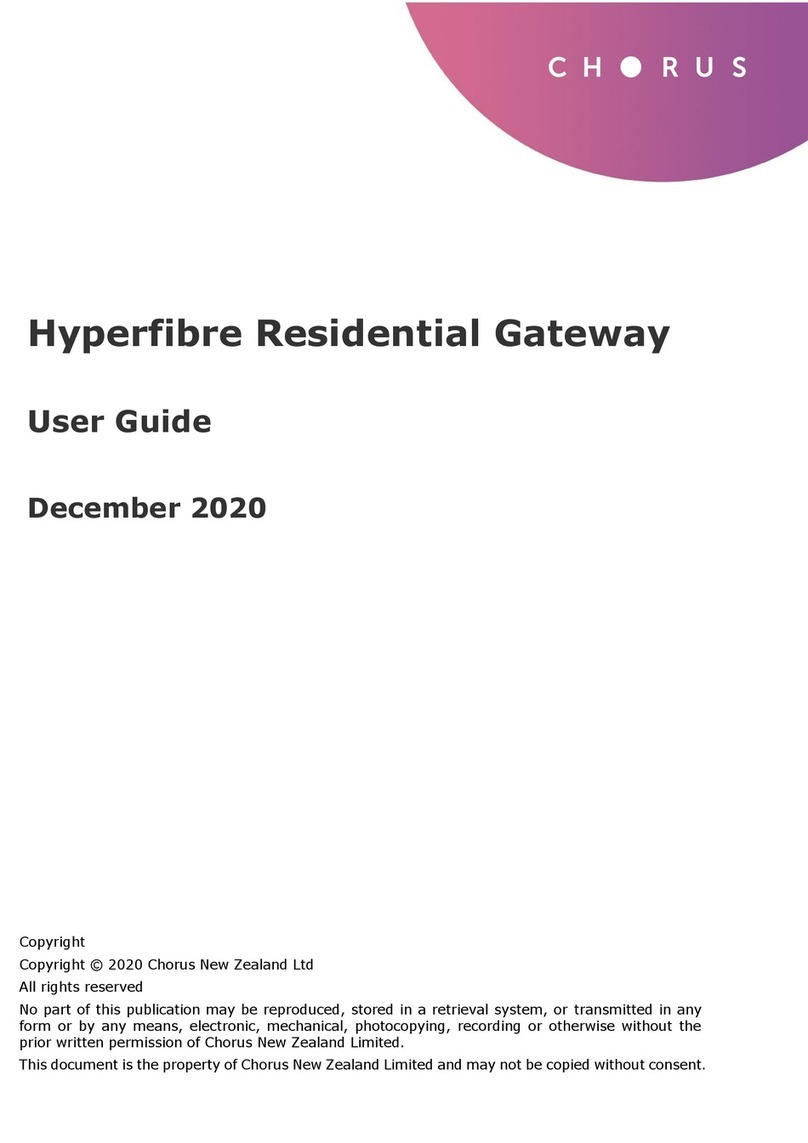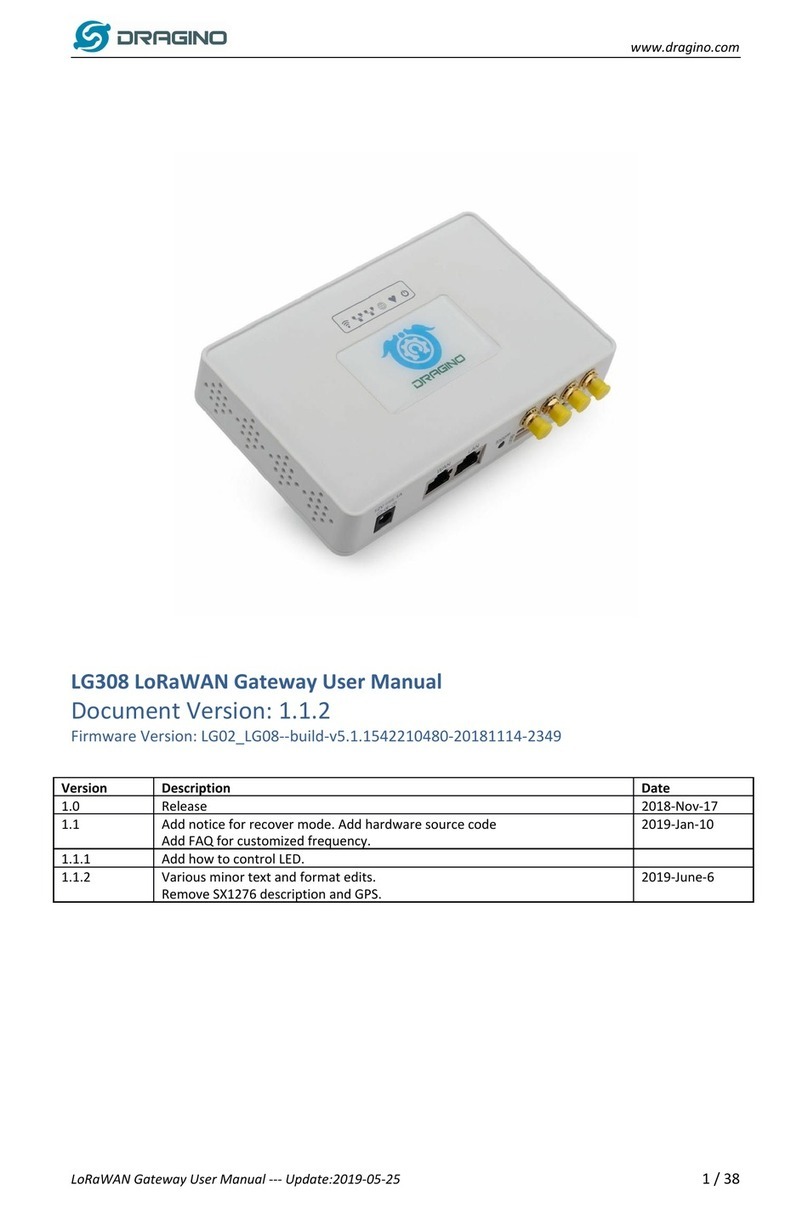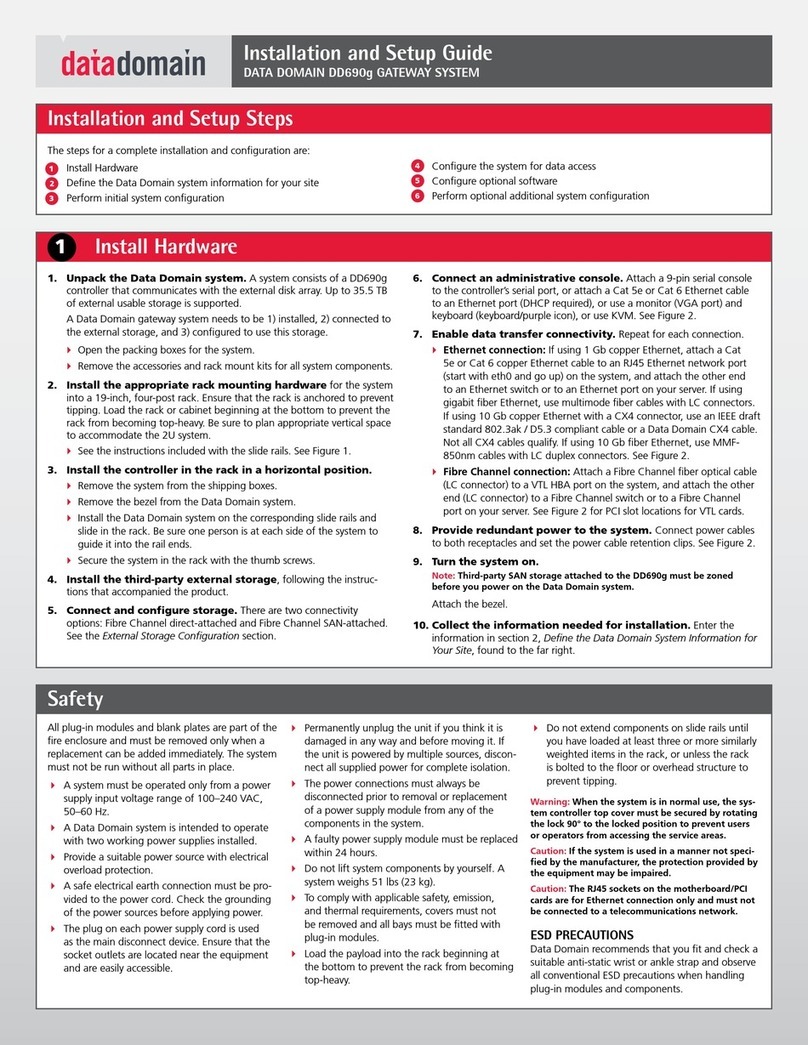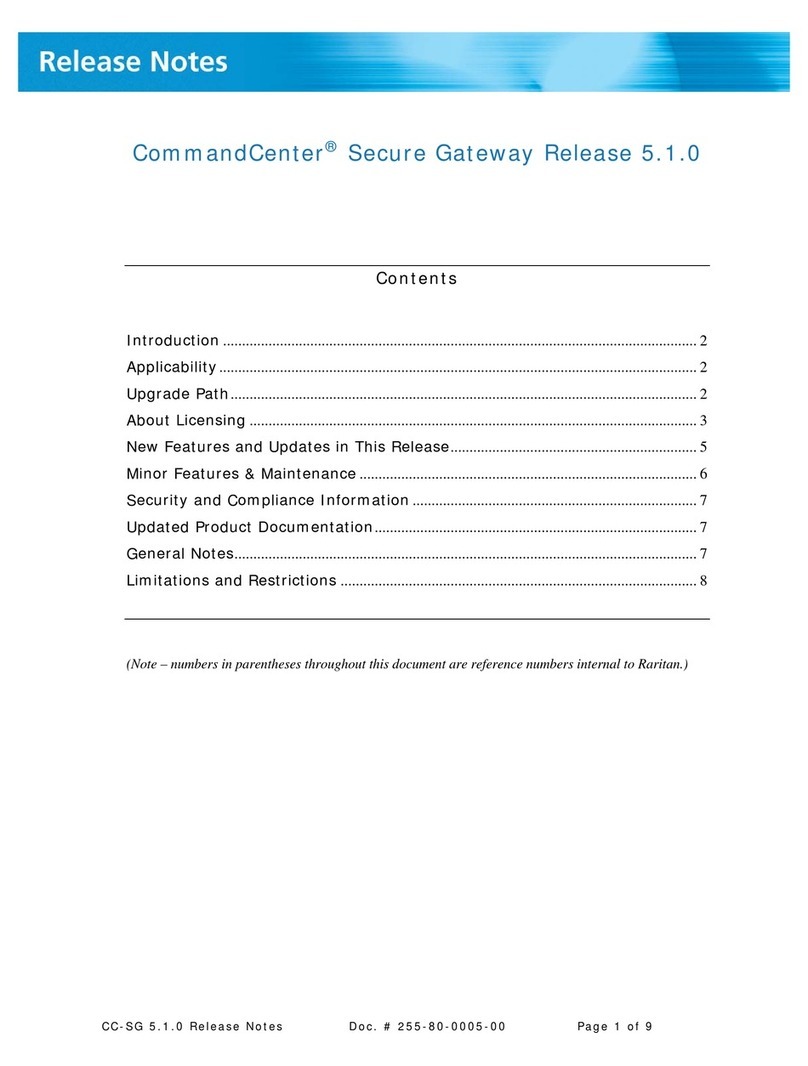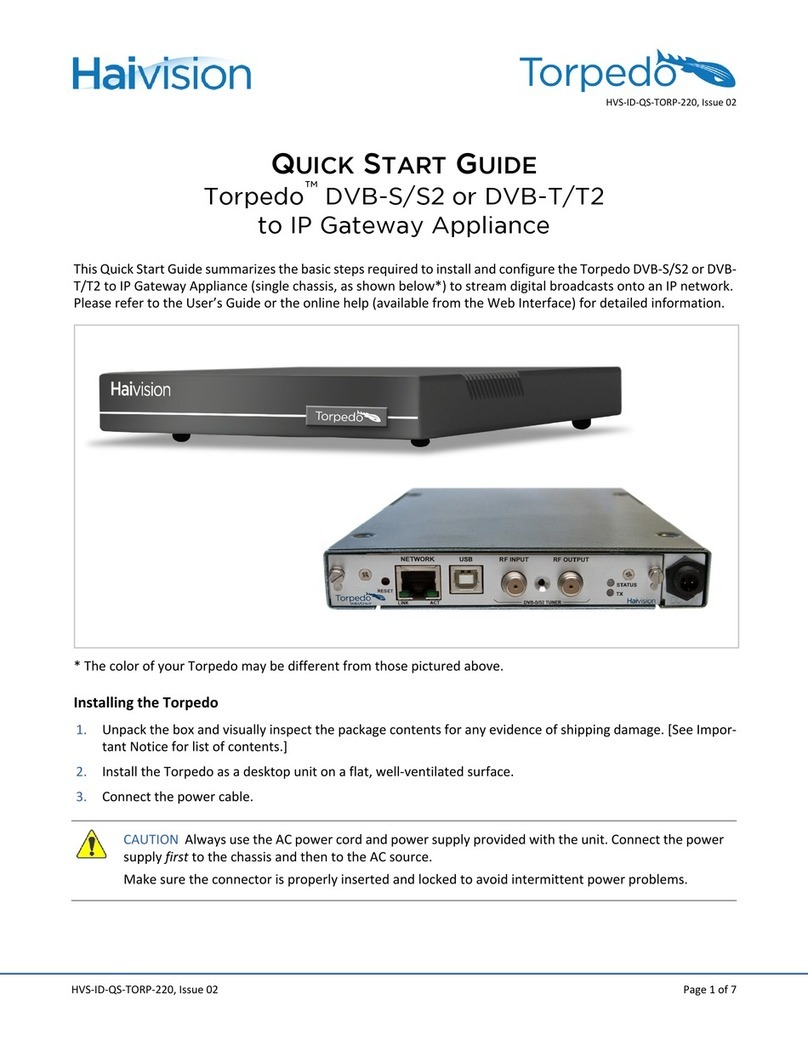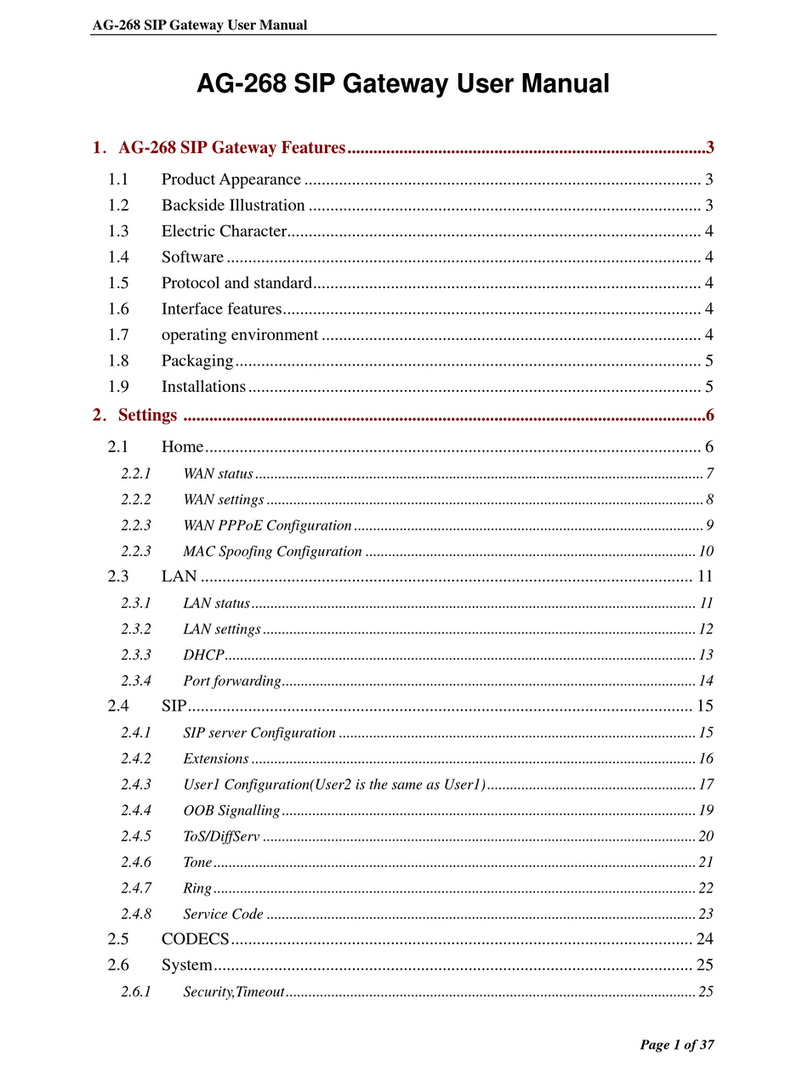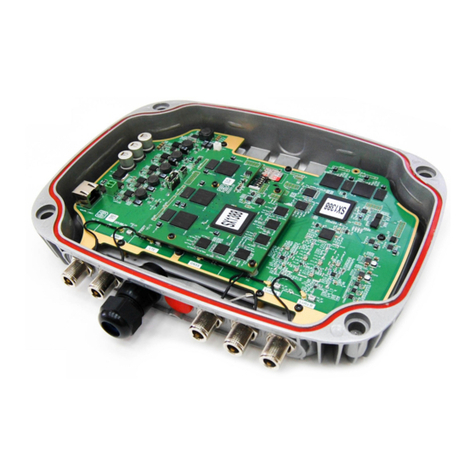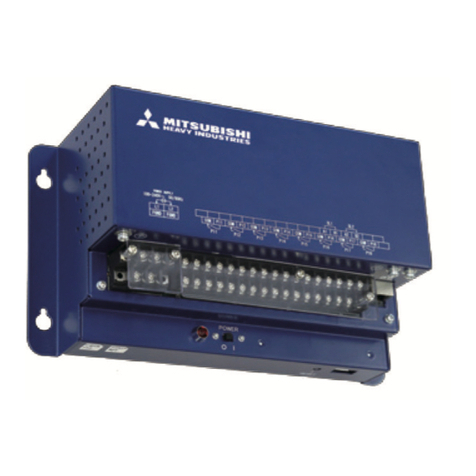
D300815 0215- BL67 multiprotocolii
3.6.7 F_Reset (reset to factory settings, 900)........................................................................................................................................3-22
3.6.8 Addressing via I/O-ASSISTANT 3 (FDT/DTM) .............................................................................................................................3-23
3.6.9 Address assignment via Web server (only VN ≥03-00)..........................................................................................................3-26
3.7 Reset to factory settings............................................................................................................................... 3-27
3.8 Web server - remote access/configuration (only VN ≥03-00) ................................................................... 3-28
3.8.1 Safety in the web server ....................................................................................................................................................................3-28
3.8.2 IP address................................................................................................................................................................................................3-28
3.8.3 Home........................................................................................................................................................................................................3-29
3.8.4 Gateway Diagnostics..........................................................................................................................................................................3-29
3.8.5 Ethernet Statistics................................................................................................................................................................................3-30
3.8.6 Links..........................................................................................................................................................................................................3-31
3.8.7 Login/password....................................................................................................................................................................................3-31
3.8.8 Change Admin Password..................................................................................................................................................................3-32
3.8.9 Network Configuration......................................................................................................................................................................3-33
3.8.10 Gateway Configuration .....................................................................................................................................................................3-34
3.8.11 Slot Parameters.....................................................................................................................................................................................3-35
3.8.12 Usage of mobile devices ...................................................................................................................................................................3-36
3.8.13 Web server logout ...............................................................................................................................................................................3-36
3.8.14 Deactivating the web server............................................................................................................................................................3-37
3.9 Status and Control Word of the BL67-stations........................................................................................... 3-38
3.9.1 Status Word............................................................................................................................................................................................3-38
3.9.2 Control Word.........................................................................................................................................................................................3-38
3.10 SET button ..................................................................................................................................................... 3-39
3.11 Status indicators/diagnostic messages gateway ....................................................................................... 3-40
3.11.1 Diagnostic messages via LEDs ........................................................................................................................................................3-40
3.12 Parameters of the I/O-modules .................................................................................................................. 3-43
3.13 Diagnostics of the I/O-modules ................................................................................................................... 3-44
4 Implementation of EtherNet/IP™
4.1 The EtherNet/IP™ Communications Profile .................................................................................................. 4-2
4.1.1 Communications Profile for BL67 .................................................................................................................................................... 4-3
4.2 QC - QuickConnect .......................................................................................................................................... 4-4
4.2.1 General ...................................................................................................................................................................................................... 4-4
4.2.2 QuickConnect in BL67.......................................................................................................................................................................... 4-4
4.3 Device Level Ring (DLR).................................................................................................................................. 4-6
4.4 Diagnostic messages via the process data ................................................................................................... 4-7
4.4.1 Summarized Diagnostics .................................................................................................................................................................... 4-7
4.4.2 Scheduled Diagnostics ........................................................................................................................................................................ 4-7
4.5 Classes and Instances of the EtherNet/IP™ stations..................................................................................... 4-8
4.5.1 EtherNet/IP™ Standard Classes......................................................................................................................................................... 4-8
4.5.2 Identity Object (0×01).......................................................................................................................................................................... 4-9
4.5.3 Assembly Object (0×04) ....................................................................................................................................................................4-11
4.5.4 TCP/IP Interface Object (0×F5)........................................................................................................................................................4-14
4.5.5 Ethernet Link Object (0×F6).............................................................................................................................................................4-18
4.5.6 DLR Object (0×47) ...............................................................................................................................................................................4-21
4.5.7 QOS Object (0×48)...............................................................................................................................................................................4-22
Phone:
800.894.0412
-
Fax:
888.723.4773
-
Web:
www.clrwtr.com
-
Email:
[email protected]
